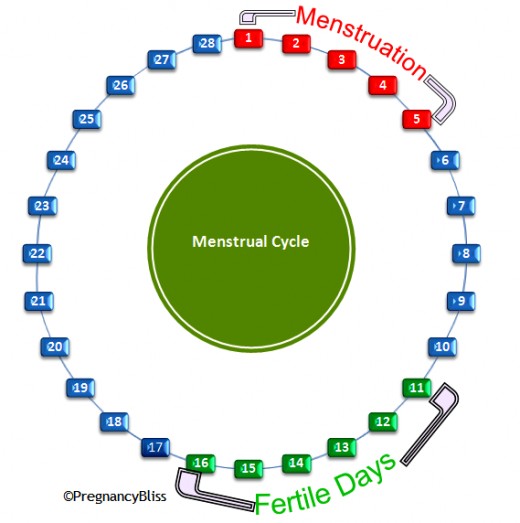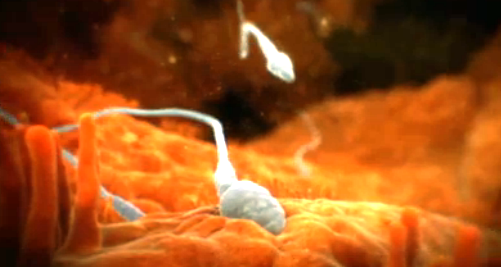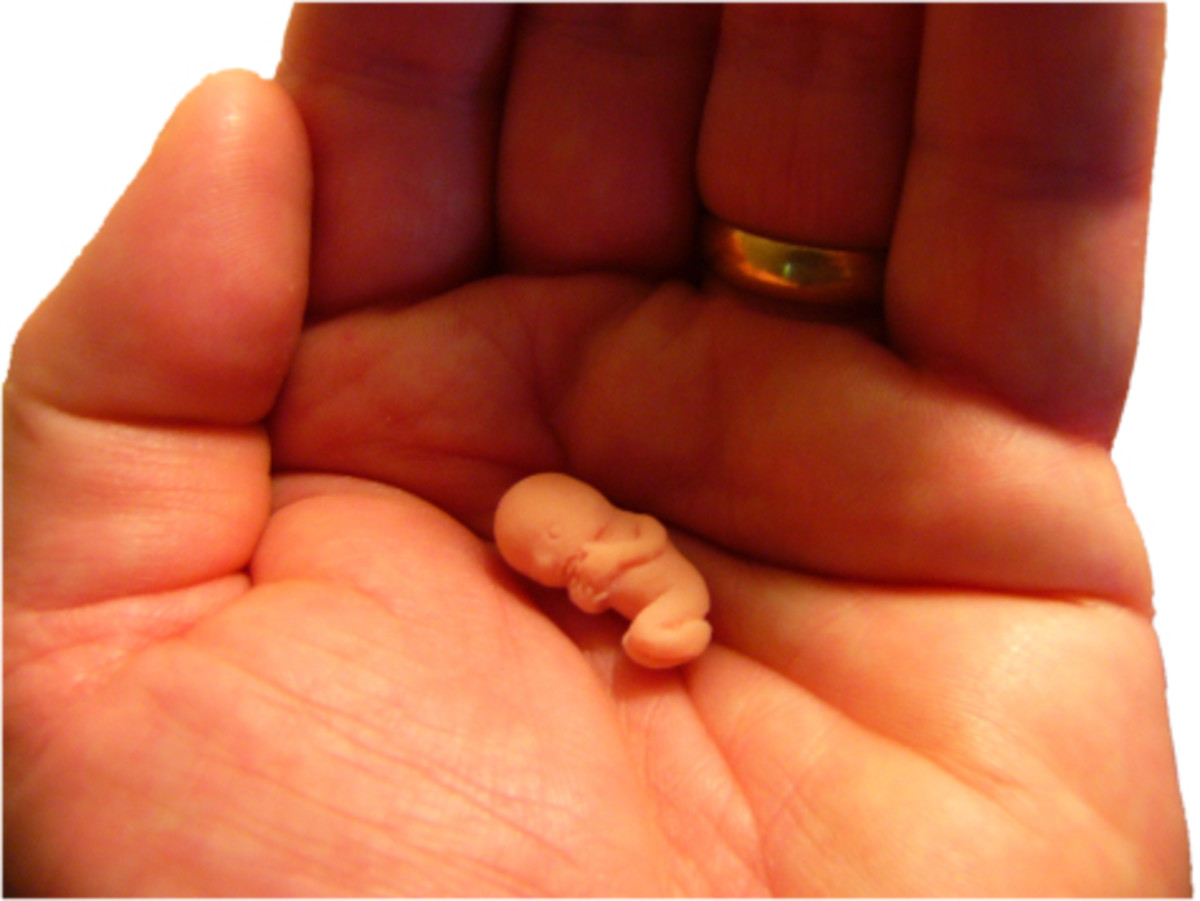Trying to Conceive? Get the Basics Right

It is easy to scoff at this but there are many, probably numbering in millions; who, as you read this, are in deep frustration because they have been trying for a baby for ages and “it doesn’t seem to be happening”.
Being in the profession that I am, I do meet people who are desperate for a baby all the time. It is easy to fall into the trap of assuming the basics of conception are obvious so everybody knows what it takes and skipping those. Experience shows that is all too often a mistake.
The ABC of female fertility
For a woman to be able to conceive, she needs to be ovulating (releasing eggs from her ovaries) for those to be fertilized. The fallopian tubes transport the egg from the ovary towards the womb so the tubes do need to be patent (not blocked). The womb needs to be receptive of the fertilized egg because this is where the embryo will implant and the baby will grow. That’s basically what happens. A mishap in any of those may make it difficult or impossible for pregnancy to happen.
Menstrual cycle and conception
A cycle is counted from the day the menstrual bleeding starts. That is Day 1 of a new menstrual cycle. For many women, menstrual bleeding lasts 3 – 7 days. Time of menstruation is one of the least likely for conception to take place but it is not impossible. In any case, many feel disinclined to have sex at this time.
A typical cycle lasts about a month but we all know this varies from woman to woman and, even for the same individual, the length of the cycle may vary from one ‘month’ to another. However, for the sake of discussion, let’s assume a classic 28 day cycle as shown in the illustration below.
After menstruation, the egg is going through the process of maturation. This leads to ovulation, typically in mid-cycle which, in our 28 day cycle will be around Day 14. The release of the egg (ovulation) is triggered by the surge of the hormone called ‘Luteinising Hormone’ or ‘LH’. If this surge does not take place, ovulation will not take place.

The Egg’s lifespan
One of the most important aspects in the chances of a successful conception is the longevity of the female egg once released. After ovulation has taken place, the egg has got only around 24 hours to be fertilized and certainly no more than 36 hours. In other words, in a typical cycle; be it as short as 21 days or as long as 35 days (or more), there is only a day and a half at most that conception can take place. What stands out from this aspect of the egg’s limited lifespan is that, it doesn’t matter how many times a couple have sex in a month, if this takes place on the wrong days, conception will not happen.

The sperm’s lifespan
Things get a little bit more interesting when it comes to the sperm. We all know a single ejaculate consists of tens of millions of sperm. A man may be incredulous to be told that he has a low sperm count when semen analysis is showing a count of 15 million but that conclusion will be true. A typical ejaculate is expected to have in the region of 40-60 million spermatozoa (sperm) and sometimes the count is as high as 200 million. When ejaculation takes place, the overwhelming majority (over 99.9%) will not make the full journey into the fallopian tubes. This is the race that defines the term ‘survival of the fittest’ at its best. In fact of the millions of sperm deposited into the vagina, only 1% reach the first hurdle, the cervix. That is, the neck of the womb. By the time they reach the fallopian tubes, a monumental massacre would have taken place and of the tens of millions that started the journey, only a handful, probably less than 25 (yes, twenty five!) reach the tubes.
Now, as we saw earlier, there is only a day or so in the entire cycle when there is an egg available for fertilization. However, the little tadpoles are patient little things. If the sperm arrive in the tube and there is no egg to fertilize, they will go into a quiescent state, very much alive, waiting. If this happens to be close to mid-cycle and ovulation takes place, the released egg will find the sperm there and waiting. The sperm will become active again, swim and cluster around the egg and, in the end; one will become the winner, penetrating the soft outer shell to fertilize the egg. The rest will not be able to do so and will perish. So near, yet so far.
The sperm can survive in the fallopian tube for up to 5 days. This is important as it means sexual intercourse does not have to coincide exactly with ovulation for successful conception to take place. A few days before ovulation and a day or so after could be good enough.
When and how often?
“We have sex regularly”. Again, you may be tempted to regard the question above with derision but how many times (in my professional capacity) have I heard this statement from a couple with sub-fertility problems? It is only when you get them to expand on the statement that you unearth a potential problem. “We have sex once a week”. Now, such a frequency could result in a pregnancy but it is effectively a lottery.
The bottom line is that, when aiming to conceive, it is helpful to know when the ‘fertile days’ are. The chances of success are maximised by ensuring sex takes place, at the very least, on alternate days during the fertile days.
Know your cycle length
Knowing your cycle length is key. The illustration above shows the fertile days in a 28 day cycle and that is Day 11 to Day 16. However, if a woman’s typical cycle is shorter, then the fertile phase in the cycle will be earlier. If, for instance, a woman has her period every 24 days, her ovulation is on Day 10 of the cycle. It means her fertile phase is from Day 7 to Day 12.
The other end of the spectrum is those women with a long cycle. If a woman has a 35 day cycle, it means she ovulates three weeks after the onset of her period. That is on Day 21 or thereabouts. Her fertile phase will be from Day 18 to Day 23. If such a woman concentrates her attempts for a baby around Day 14 as advocated for the textbook 28 day cycle, she is likely to draw a blank month after month after month.
Irregular cycle
If a woman has erratic periods the exercise of trying to conceive becomes a lot trickier. It means ovulation in her case is unpredictable and therefore impossible to have a reliable idea of the fertile phase in any one cycle. In fact, even using the word ‘cycle’ is stretching it somewhat because the cyclical pattern is not there. One period may arrive six after the last one and thereafter stay three months before another one comes. This pattern (or lack of) is common in women with polycystic ovarian syndrome (PCOS). This is a challenge but it is not insurmountable. However, it may require medication to induce ovulation which, in turn, will produce regular cycles and thereby a predictable ‘fertile phase’.
Ovulation test kits
The alternative to ovulation induction medication is to employ some technology. This is by using the ovulation kit. By identifying the LH surge, one will have a pretty accurate idea of when ovulation is supposed to take place. However, a word of caution is in order here. For women with polycystic ovaries (PCOS), the LH surge does not always succeed in triggering ovulation. It means, therefore, the ‘ovulation kit’ may give a positive result but in fact no egg has been released. Predictably, efforts in that month will end in disappointment.

Back to basics
Shaking your head in frustration? You don’t have to. If you don’t want to employ technology or medication to improve your chances, the fallback plan is to go back to basics. Having sex regularly when trying for a baby should mean doing it 3 to 4 times a week. It does not matter what length your 'cycle' is. Nor does it matter whether the pattern is predictable or not. With that sort of frequency, ovulation, whenever it may take place, will coincide with presence of live sperm in the female genital tract (remember the 5 day lifespan?). Everything else being normal (there are many other factors), conception should ensue.
Basics... and those are?
- Know your menstrual cycle and its average length
- Trying for
baby is best done through getting into a habit of regular sexual intercourse at
a rate of three to four times a week.
- If circumstances do not allow regular spontaneous sexual intercourse then the next best strategy is correct identification of the fertile phase in a woman’s own cycle and focusing on that.
- Remember this is love making and not a utilitarian act of creating life. This might sound corny to some but the psychological frame in which it is approached plays an important part in determining success.







